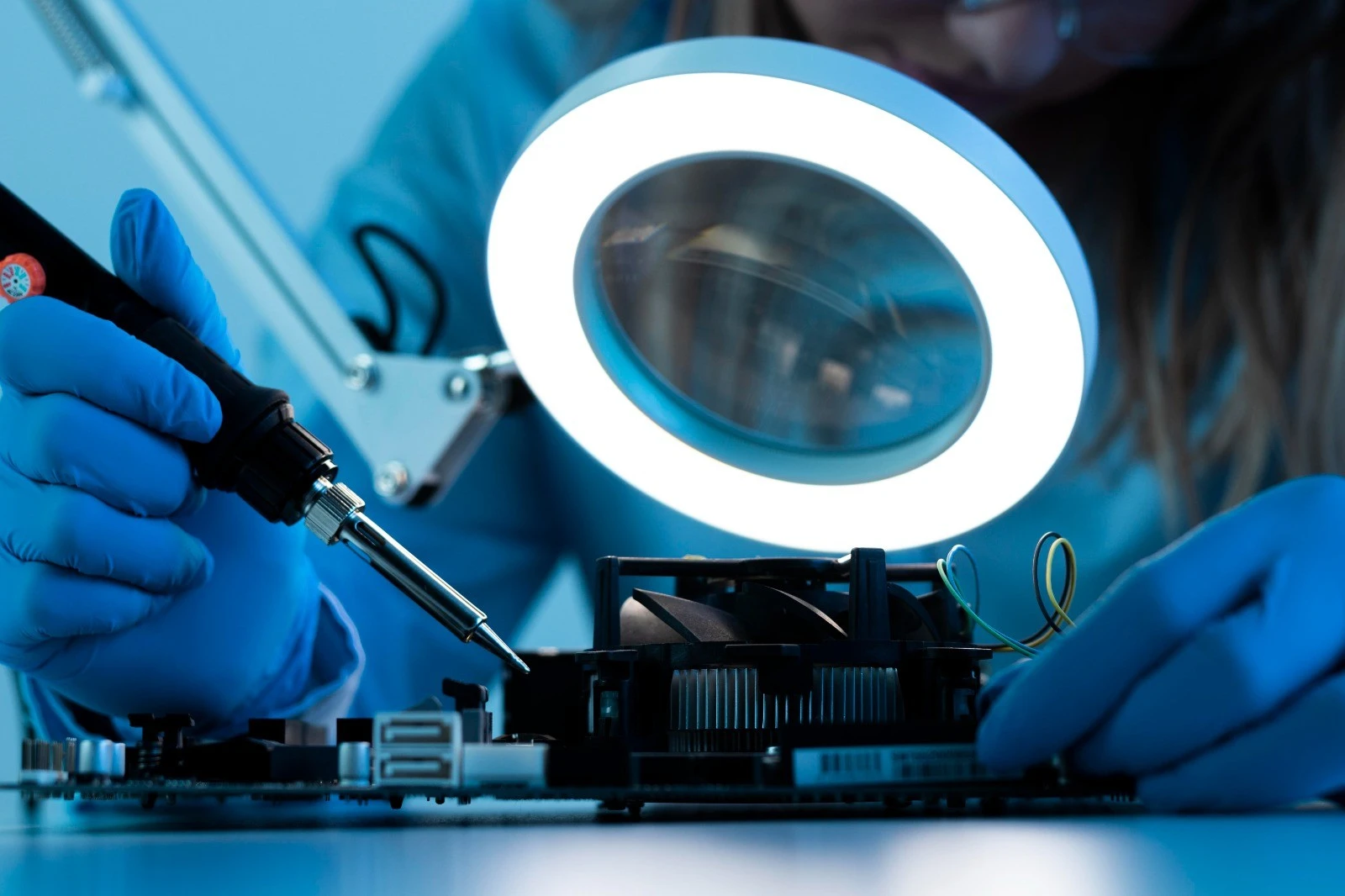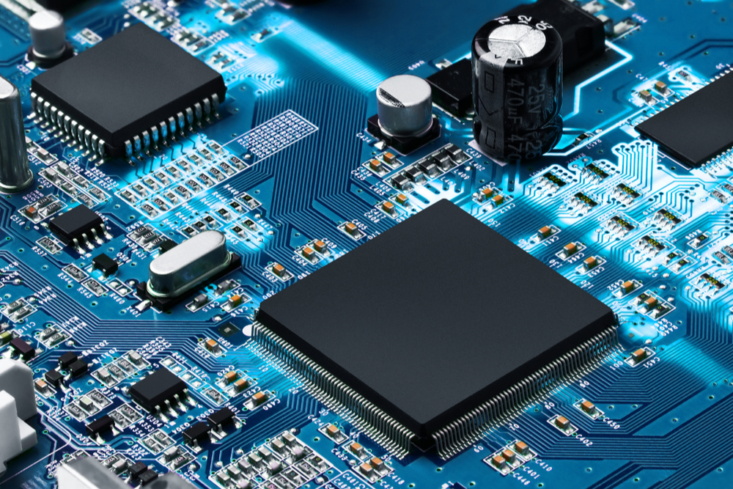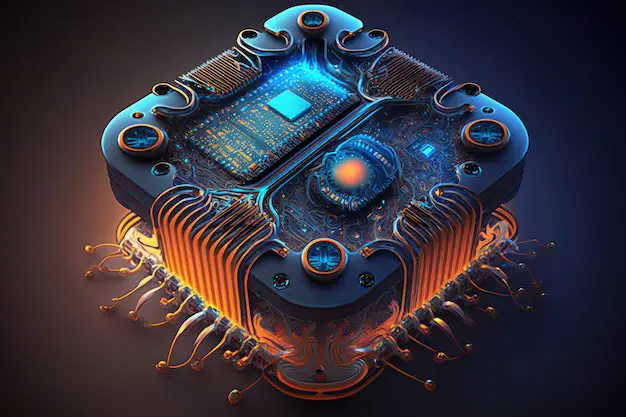
Innovative micro technology is a driving force behind significant changes across various sectors, fundamentally altering how we live, work, and interact with technology. In 2024, advancements in microelectronics, materials science, and fabrication techniques have reached new heights, paving the way for compact, efficient devices that have far-reaching implications in our daily lives and the global economy.
Understanding Innovative Micro Technology
What is Micro Technology?
Micro technology refers to the design and production of systems and devices at a microscale, typically within the range of micrometers (one-millionth of a meter). It encompasses a broad spectrum of technologies, including microelectronics, micromechanics, and microfluidics, essential for the development of miniature components utilized in various applications.
Importance in Today’s World
The growing demand for smaller, more powerful, and efficient devices has made innovative micro technology increasingly vital. As technology continues to evolve, its applications span multiple sectors, including healthcare, consumer electronics, automotive, and industrial automation, enabling enhancements in functionality, efficiency, and connectivity.
Historical Context of Micro Technology
Evolution of Micro Technology
The history of micro technology dates back to the mid-20th century, beginning with the invention of the transistor in the 1950s. This revolutionary development marked a transition from bulky vacuum tubes to compact, efficient electronic components. The creation of integrated circuits in the 1960s further propelled the microelectronics revolution, leading to the rapid proliferation of personal computing and communication technologies.
Key Milestones
- 1950s: Invention of the transistor.
- 1960s: Development of integrated circuits, laying the foundation for modern electronics.
- 1970s: Introduction of microprocessors, which facilitated the rise of personal computers.
- 1990s: Advancements in MEMS (Micro-Electro-Mechanical Systems) technology, enabling the integration of mechanical and electronic components.
- 2020s: Emergence of advanced nanotechnology and AI-driven microfabrication techniques.
Traditional Technology vs. Micro Technology
Traditional technologies often rely on larger, less efficient components, limiting their capabilities. In contrast, microtechnology enables the production of smaller devices that perform complex tasks while consuming less power and occupying less physical space. For example, modern smartphones integrate sophisticated features into compact designs that would have been impossible with traditional technology.
Core Components of Innovative Micro Technology

Microelectronics
Microelectronics is the cornerstone of innovative microtechnology, focusing on the design and manufacture of small electronic components, such as semiconductors, resistors, and capacitors.
Semiconductors and Their Role
Semiconductors are materials with electrical conductivity between that of conductors and insulators, forming the basis of modern electronic devices. Silicon remains the most widely used semiconductor material, while advancements in semiconductor technology, including silicon carbide (SiC) and gallium nitride (GaN), are facilitating the development of smaller, faster, and more energy-efficient devices.
Microfabrication Techniques
Microfabrication techniques are essential for producing microcomponents. Key methods include:
- Photolithography: A process where a light-sensitive material is applied to a substrate, exposed to light through a mask, and developed to create intricate microstructures.
- 3D Printing: Recent advancements in 3D printing technologies allow for the production of micro-scale parts with complex geometries and functionalities, enabling customization and rapid prototyping.
Materials Used
Material selection is crucial in microtechnology for achieving optimal performance. Common materials include:
- Polymers: Lightweight, versatile, and increasingly used in various microfabrication processes.
- Metals: Conductive metals, such as copper and gold, are essential for establishing electrical connections.
- Nanomaterials: The incorporation of nanomaterials enhances device performance by improving thermal and electrical conductivity and enabling new functionalities.
For more interesting blogs, visit our site: https://futuretrendz.co.uk/
Key Applications of Innovative Micro Technology
Healthcare and Medical Devices
One of the most impactful applications of innovative microtechnology is in healthcare. The development of wearable technology, such as smartwatches and fitness trackers, has revolutionized personal health monitoring. These devices can now track vital signs, physical activity, and even detect irregular heart rhythms, providing users with critical health data.
Microchips in Diagnostics and Treatment
Microtechnology is also transforming diagnostics and treatment methods. Microchips embedded in devices like insulin pumps allow for precise medication delivery, while rapid testing devices powered by microtechnology enable quicker diagnoses for conditions such as infectious diseases.
Consumer Electronics
The consumer electronics industry has experienced significant growth due to advancements in microtechnology. Modern devices, including smartphones and tablets, are equipped with high-performance microprocessors that facilitate seamless multitasking and high-quality graphics.
Internet of Things (IoT) Devices
The Internet of Things relies heavily on microtechnology to create interconnected devices that communicate and exchange data. Smart home devices, wearables, and connected vehicles are examples of how microtechnology enhances convenience and efficiency in daily life.
Automotive Industry
Innovative microtechnology is reshaping the automotive industry by integrating advanced sensors and microcontrollers in vehicles. These components enable features such as adaptive cruise control, collision detection, and even autonomous driving capabilities, which are becoming increasingly sophisticated.
Autonomous Driving Technologies
In 2024, self-driving vehicles utilize an array of microtechnology, including advanced LIDAR sensors, cameras, and sophisticated algorithms, to navigate and make real-time decisions. This technology promises to improve road safety and reduce traffic congestion, paving the way for smarter transportation systems.
Industrial Automation
In industrial settings, microtechnology drives efficiency and productivity. Robotics and micro-manufacturing processes allow for precise assembly and quality control, minimizing errors and waste.
Smart Factories
The concept of smart factories leverages microtechnology to create interconnected production systems that optimize operations, enhance productivity, and improve supply chain management through real-time data analytics.
For more interesting blogs, visit our site: https://futuretrendz.co.uk/
Impact on Society and Economy
Economic Growth and Job Creation
The rise of innovative microtechnology has significantly contributed to economic growth by creating new industries and job opportunities. As companies invest in research and development, they drive innovation and competitiveness, leading to a thriving technology sector.
Ethical Considerations and Challenges
While microtechnology offers numerous benefits, it also raises ethical concerns. The use of microchips in healthcare devices may lead to data privacy issues, emphasizing the need for robust data protection measures.
Environmental Impact
The environmental impact of microfabrication processes, including waste generation and energy consumption, poses a challenge that must be addressed. Sustainable practices, such as using eco-friendly materials and energy-efficient manufacturing methods, are becoming increasingly essential in the development of microtechnology.
Public Perception and Acceptance
Public perception plays a critical role in the adoption of microtechnology. While consumers generally welcome advancements that improve convenience and efficiency, concerns regarding privacy and security can hinder acceptance. Case studies of successful microtechnology implementations, such as wearable health devices and smart home systems, illustrate the potential benefits and help address fears.
Future Trends and Innovations

Emerging Technologies in Microtechnology
Several emerging trends are expected to shape the future of microtechnology in the coming years.
Quantum Computing
Quantum computing, which processes vast amounts of data at unprecedented speeds, has the potential to revolutionize various fields, including cryptography and artificial intelligence. Microtechnology will be crucial in developing quantum processors and components that drive this new computational paradigm.
AI Integration
The integration of artificial intelligence with microtechnology will enhance device functionality and user experiences. AI-driven smart devices can learn user preferences and adapt their performance, making them more intuitive and efficient.
Predictions for the Next Decade
Experts anticipate that the microtechnology market will continue to grow significantly over the next decade, driven by advancements in materials, fabrication techniques, and applications. This growth is expected to lead to further societal changes, including improved healthcare outcomes, increased automation, and enhanced quality of life.
Conclusion
Innovative microtechnology is poised to reshape industries and everyday life in unprecedented ways. Its applications in healthcare, consumer electronics, automotive, and industrial automation highlight its potential to enhance efficiency, convenience, and overall quality of life. As we embrace this technological revolution, it is essential to address ethical considerations and foster sustainable practices to ensure a positive impact on society.
FAQs
1. What are some common applications of microtechnology?
Microtechnology is widely used in healthcare devices, consumer electronics, automotive sensors, and industrial automation.
2. How does microtechnology impact healthcare?
Microtechnology has led to the development of wearable health devices, advanced diagnostic tools, and precise drug delivery systems, improving patient care and health monitoring.
3. What materials are commonly used in microtechnology?
Common materials include polymers, conductive metals (like copper and gold), and nanomaterials that enhance device performance.
4. What are the environmental concerns associated with microfabrication?
Microfabrication processes can generate waste and consume significant energy, prompting the need for sustainable practices in development and manufacturing.
5. What trends are shaping the future of microtechnology?
Emerging trends include quantum computing and AI integration, which are expected to revolutionize various applications and industries, enhancing device capabilities and user experiences.
Learn more about emerging trends at Future Trendz.






